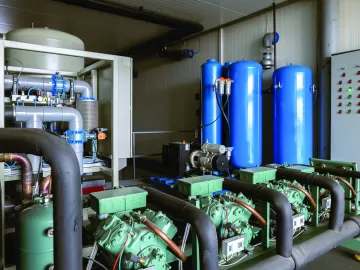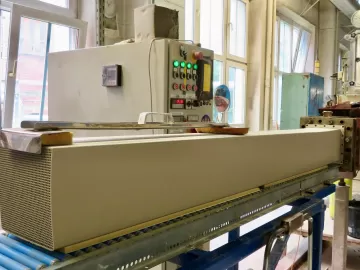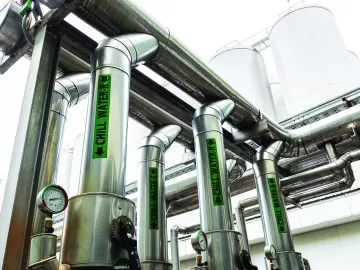Compressed Air Dryer Key Performance Indicators
The purpose of this article is to point out the key performance indicators (KPI’s) that can assist in maintaining the performance and troubleshooting of compressed air dryers. The most important KPI to monitor is the pressure dew point (PDP) of the compressed air exiting the dryer(s). The PDP of the compressed air should be monitored at the discharge of each dryer and downstream of where the compressed air from multiple dryers converges.












